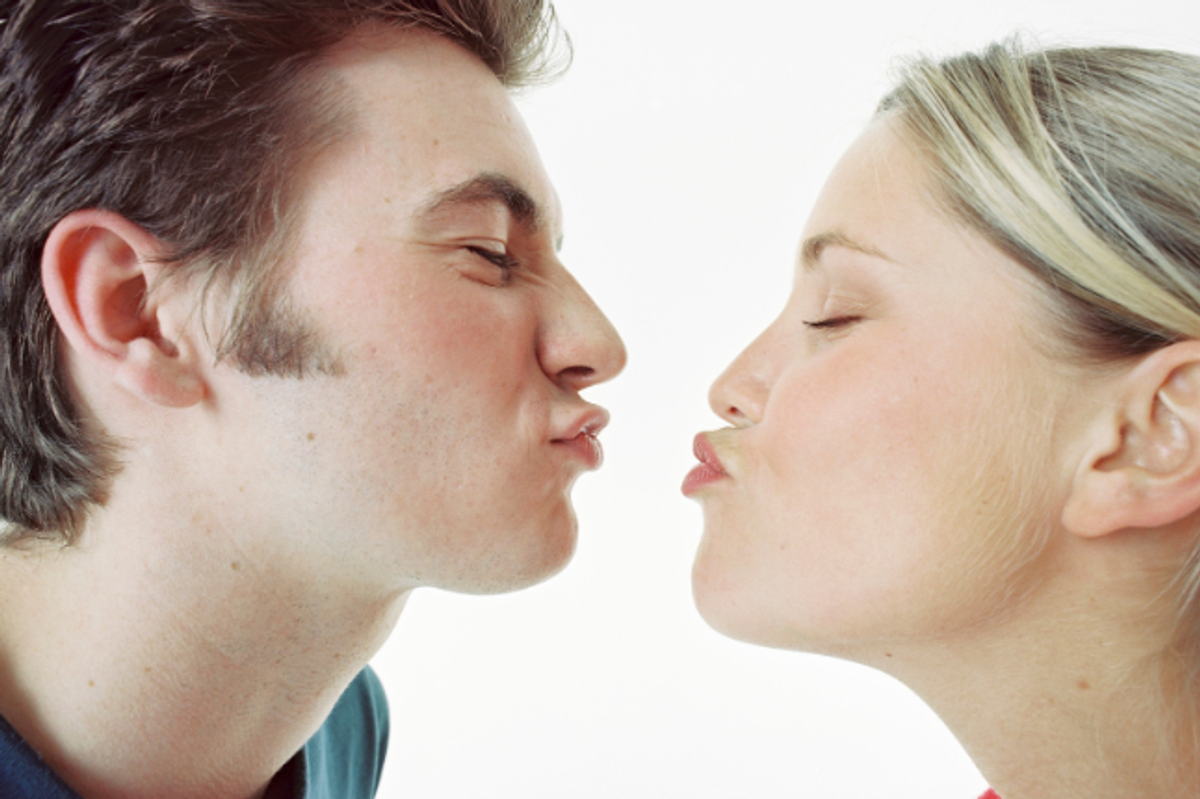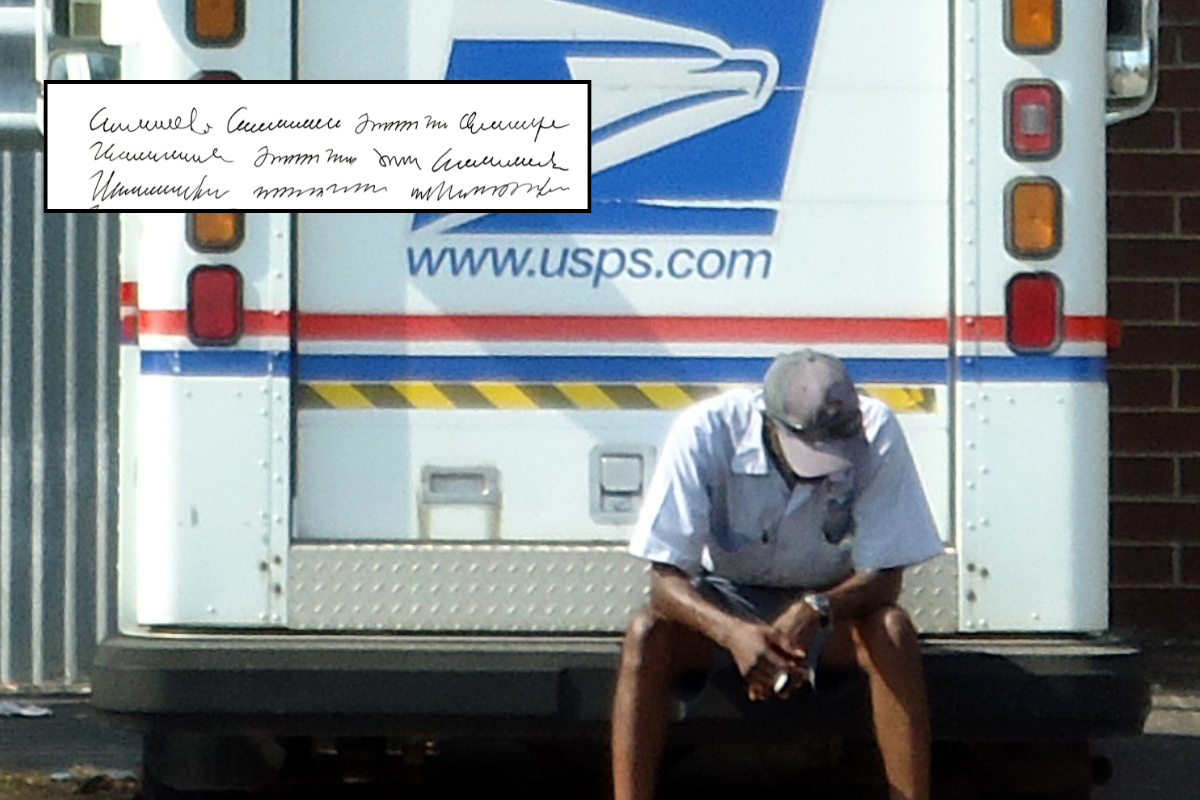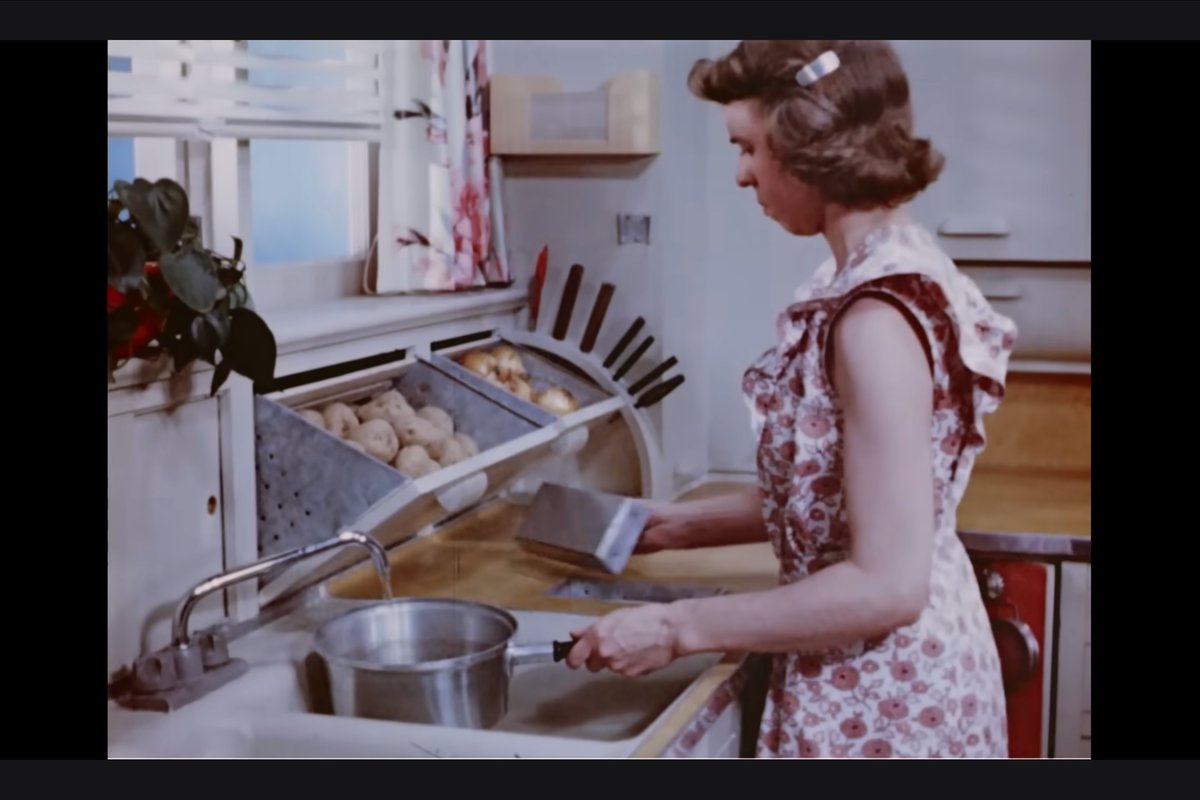The reason why humans started kissing each other is kinda gross but really interesting
Let's just say love has evolved.

A couple ready to smack lips.
There are few more beautiful moments in life than a romantic kiss. But there are a lot of other reasons why humans kiss, too. There’s the kiss that a parent gives a child to show them love. There’s the kiss that friends give each other on the cheek and the kiss of death from a mob boss, signaling that a member of the family is going to die.
Kisses play an essential role in the social lives of humans, but where did this behavior come from? Previous theories suggest it’s a holdover from the instinctual sucking that humans do as babies to get milk. Some researchers believe it’s behavior that evolved from when mothers would chew their baby's food before feeding it to them mouth-to-mouth.
Others have suggested that it’s a way for humans to sniff one another for “social” inspection. It’s a way of finding out where that person has been, who they've been with and what they've been eating.
Why do humans kiss?
A new research paper by Dr. Adriano R. Lameira, an Associate Professor and UK Research & Innovation Future Leaders Fellow at the Department of Psychology, University of Warwick, UK, argues that it comes from primate grooming rituals. “The most likely and straightforward evolutionary explanation is that mouth-to-mouth kissing evolved from an earlier form of kissing involving the mouth and other body parts,” he writes.
The disturbing part is that, according to Lameria, when we pucker up our lips and suck on someone else, it mimics a behavior we used to remove parasites from one another’s fur when we were apes.
Why do primates groom each other?
Grooming is a vital ritual in the world of primates. It consists of one ape picking through the fur of another and removing parasites, dead skin and debris. “Grooming helps to establish and maintain alliances, hierarchies, and group cohesion through social touch, with the consequent release of endorphins, which reduces stress and promotes feelings of well-being between groomer and groomed, further cementing social ties,” Lameria writes.
Whenever an ape finds something to remove from another’s skin, they usually eradicate it by sucking it off their body, in a behavior that works precisely like a kiss. The kiss-like motion is the last final stage of removing each piece of debris so that every grooming session ends with a final kiss. As apes evolved into humans, we lost most of our hair, so grooming sessions became shorter and shorter. “Presumably, up until the ultimate point when two individuals simply performed the last step of grooming, latching on their lips to the other's skin but having discarded the hygienic (and by now obsolete) function of grooming,” Lameira writes.
So, when we kiss each other, we're building and strengthening bonds with someone else, much like we once did through grooming rituals—only now, it's a quicker, more straightforward gesture.
As Sam, the piano player, sang in “Casablanca,” “You must remember this: a kiss is just a kiss,” but Lameira's paper shows that a kiss is much more than we could ever know. A kiss is a behavior that goes back millions of years, an example of the importance that social bonding plays among humans and other primates.
It’s interesting to learn where this behavior comes from. But, after reading this, it’s probably going to make kissing feel a bit more awkward when you consider that you are mimicking a behavior that was once used to remove bugs from your lover’s skin.





 TikTok · Ale
TikTok · Ale
 Kittens are the cutest.
Kittens are the cutest.  Grrrr, wook at his widdle paws and his widdle whiskers.
Grrrr, wook at his widdle paws and his widdle whiskers. 

 Design 3D GIF
Design 3D GIF 
 Bluebells at the Brooklyn Botanical Gardens.
Bluebells at the Brooklyn Botanical Gardens. 